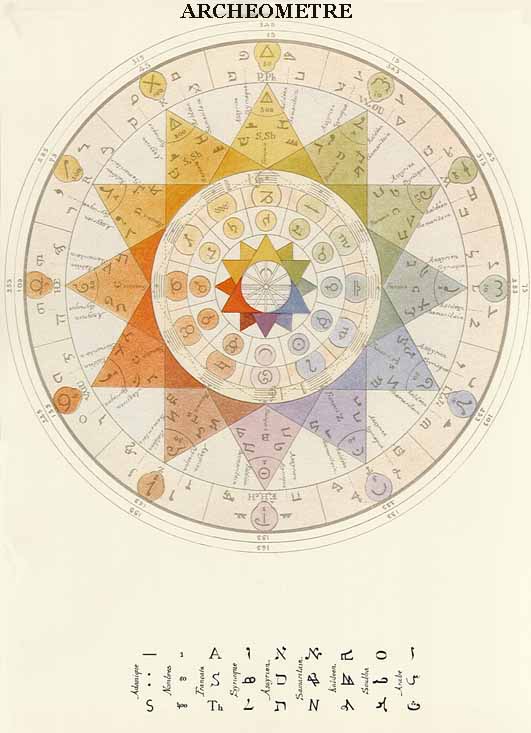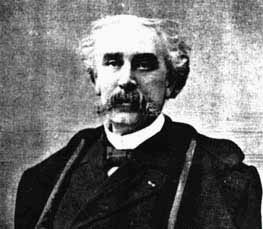International Product News (May/June 1990)
"Multiple Uses Seen for Improved Battery"
Peripheral Systems Inc., a diversified technology firm based in Portland OR, has begun developing a production model of an extremely compact and highly efficient nuclear "battery" --- actually a radioisotopic generator --- that could help meet the military's need for a long-lasting power source in remote locations.
Unlike existing radioactivity-powered generators, the patented Nucell resonant nuclear battery (RNB) converts decaying radioactive material directly into electricity without first converting it to heat. A prototype about the size of a soup can generated up to 70 watts of power.
Production of Nucell batteries, the size of a D-cell battery and producing one to five watts with a 3 to 5 year lifespan. Could begin by year's end, according to Paul Brown, vice president of R&D and inventor of the device.
The small-scale dynamos could be used for powering underwater listening devices used in tracking submarine, and in generating electricity for satellites dedicated to command, control, communications and intelligence. They also would be ideal for other types of space duty, such as remote-sensing satellites widely used by NASA and various foreign governments.
For these and similar applications, the Nucell battery will be capable of providing continuous electric power for 5 to 10 years.
Chemical-type batteries, with their relatively short lifespan, and the less efficient radioisotope thermoelectric generators (RTG) are now used in such applications. In these ordinary nuclear batteries, the nuclei of the radioisotopes normally used (like plutonium) emit their radiation in the form of alpha or beta particles. As the particles fly from the nuclei, they crash into other particles and nuclei, creating heat in the process.
Most nuclear batteries exploit this heat by using materials --- thermocouples --- that generate electrical currents from differences in temperature. Such "thermoelectric generators" are reliable, but their efficiency leaves much to be desired.
The best RTGs in use manage to turn only about 5% of the available heat into electricity. Their output is usually less than 100 watts --- just enough to energize a light bulb.
The Nucell RNB, on the other hand, is much more efficient because it exploits the particles themselves, not the heat they shed. "Independent and peripheral-sponsored tests indicate we are getting more than 25% conversion efficiency", says Brown.
An earlier generation of nuclear batteries much larger than the Nucell was used aboard the Apollo spacecraft and produced 70 watts of power from the heat given off by more than 8 pounds of plutonium. Brown says the Nucell produces the same power using substantially less radioactive material.
"As a potential fuel for the Nucell battery, strontium-90, which is abundantly available, would provide huge quantities of useful energy while decaying into harmless, non-radioactive zirconium", says Brown.

Dr. Paul M. Brown
(Died April 7, 2001)

 Dr. Paul M. Brown
Dr. Paul M. Brown


